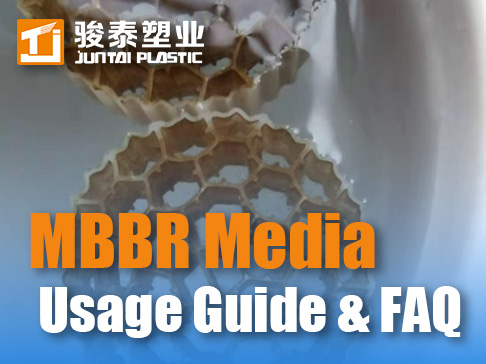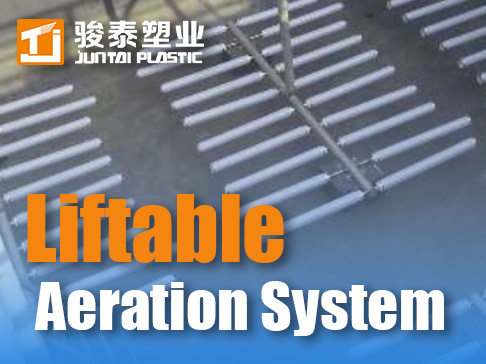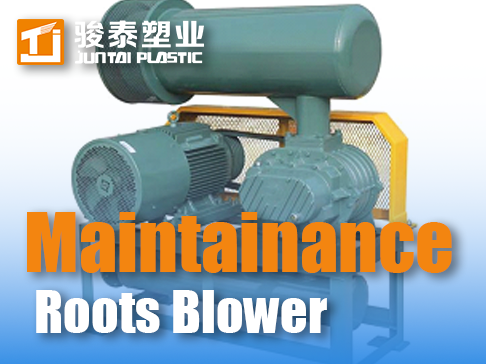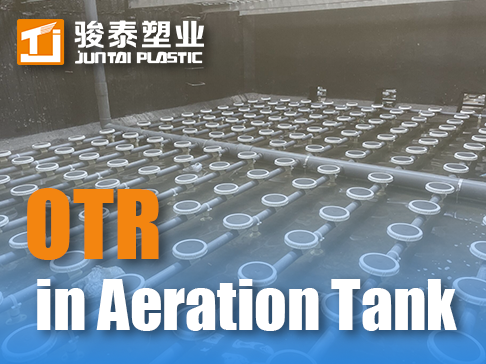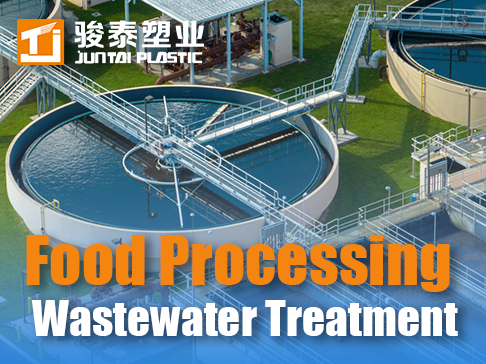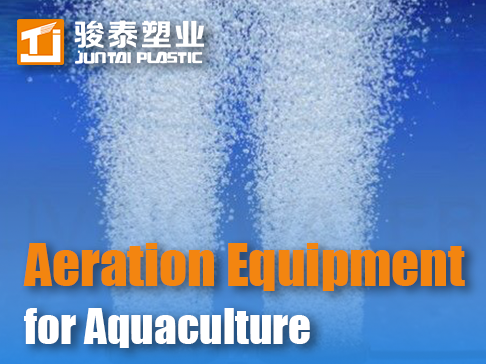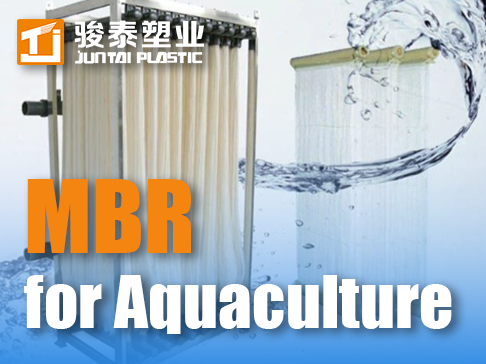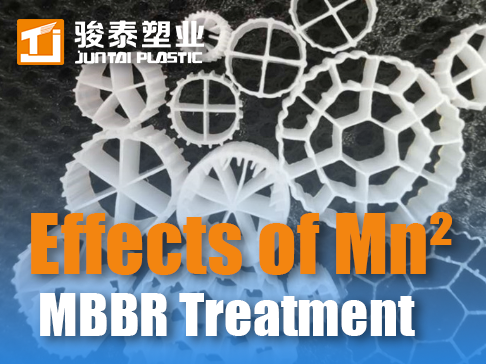 +86 13600513715
+86 13600513715 Aquaculture Wastewater Solutions: Zero Discharge Systems & 40% Feed Savings
Aquaculture Wastewater Systems: Achieve Zero Discharge & 40% Feed Cost Savings
The Triple Crisis in Modern Fish Farming
Intensive aquaculture Wastewater Treatment faces three existential threats:
-
Ammonia toxicity: >0.02 ppm NH₃ kills gill tissue
-
Sludge accumulation: 20-30% of feed becomes waste solids
-
Pathogen outbreaks: Vibrio costs $1B/year in shrimp losses
Juntai's integrated approach solves these through synergistic technology pairing that transforms waste into resources:
-
MBBR biofilters remove 95% TAN at 10°C
-
Drum Filters capture 98% solids for feed recycling
-
UV-EPDM diffusers suppress pathogens with 50% less energy
Core Components of Advanced Aquaculture Treatment
1. Intelligent MBBR Ammonia Control
| Parameter | Traditional Biofilter | Juntai AquaMBBR™ | Improvement |
|---|---|---|---|
| NH₃ Removal | 70% @ 20°C | 95% @ 10°C | +25 pts |
| O₂ Consumption | 3.8 kWh/kg feed | 1.2 kWh/kg feed | 68% ↓ |
| Footprint | 100% | 35% | 65% ↓ |
| Salinity Range | 0-25 ppt | 0-40 ppt | +60% |
| Technology: Halotolerant biofilm carriers with Nitrococcus mobilis enrichment. |
2. Self-Cleaning Solids Management
-
Koi drum filter with micro-siphon tech: Captures 30μm particles at 0.1 bar vacuum
-
Sludge thickening: Concentrates solids to 8-12% DS using inclined settlers
-
Waste-to-feed conversion: 40% protein recovery from sludge → insect meal
3. Pathogen-Killing Aeration
-
EPDM disc diffusers with TiO₂ coating: UV-activated photocatalysis kills 99.9% viruses
-
Ozone integration: 0.5 g/m³ dosage during night cycles
-
Aerated sludge channels: Prevent anaerobic pathogen hotspots
Water & Nutrient Recycling Ecosystem

Outputs:
-
Zero liquid discharge
-
40% reduced feed costs via protein recycling
-
80% lower water exchange
Performance Benchmarks: RAS vs. Integrated Juntai System
*Table: 12-month data from 100-ton tilapia farms*
| Parameter | Conventional RAS | Juntai Zero-Discharge | Improvement |
|---|---|---|---|
| Water Exchange | 300%/day | 5%/day | 98% ↓ |
| Feed Conversion Ratio | 1.8 | 1.3 | 28% ↓ |
| Disease Incidence | 22% | 3% | 86% ↓ |
| Sludge Production | 25 kg/T fish | 4 kg/T fish | 84% ↓ |
| Energy Use | 18 kWh/kg fish | 8 kWh/kg fish | 56% ↓ |
| Certification | BAP | ASC Zero Discharge | +1 tier |
Case Study: Vietnam Shrimp Super-Intensive Farm
300-ton/year facility facing:
-
White feces disease: 40% mortality
-
$120,000/year sludge disposal
-
500% daily water exchange
Juntai’s integrated solution:
-
Installations:
-
80 m³ AquaMBBR™ with halotolerant media
-
DF-500 drum filter (30μm filtration)
-
240 EPDM-TiO₂ disc diffusers
-
-
Results:
-
Pathogen-free operation for 18 months
-
Sludge converted to 12 T/year shrimp feed
-
Water savings: 180,000 m³/year
-
ROI: 14 months
-
Future Innovations: Aquaculture 5.0
1. AI-Driven Predictive Control
-
Ammonia forecasting: Sensors predict TAN spikes 6 hours early
-
Automated feeding adjustment: Reduces waste at source
-
Pathogen early warning: DNA sensors detect vibrio at 10 CFU/mL
2. Advanced Resource Recovery
-
Phosphorus extraction: 85% recovery as struvite fertilizer
-
Algae-photobioreactors: Convert CO₂ into omega-3 supplements
-
Bio-electrochemical systems: Generate electricity from organic waste
3. Climate-Proof Designs
-
Hurricane-resistant MBBRs: Submersible up to 10m depth
-
Thermal-buffered tanks: Phase-change materials maintain 28±1°C
-
Salinity-adaptive biofilters: Handle seawater intrusion from storms




